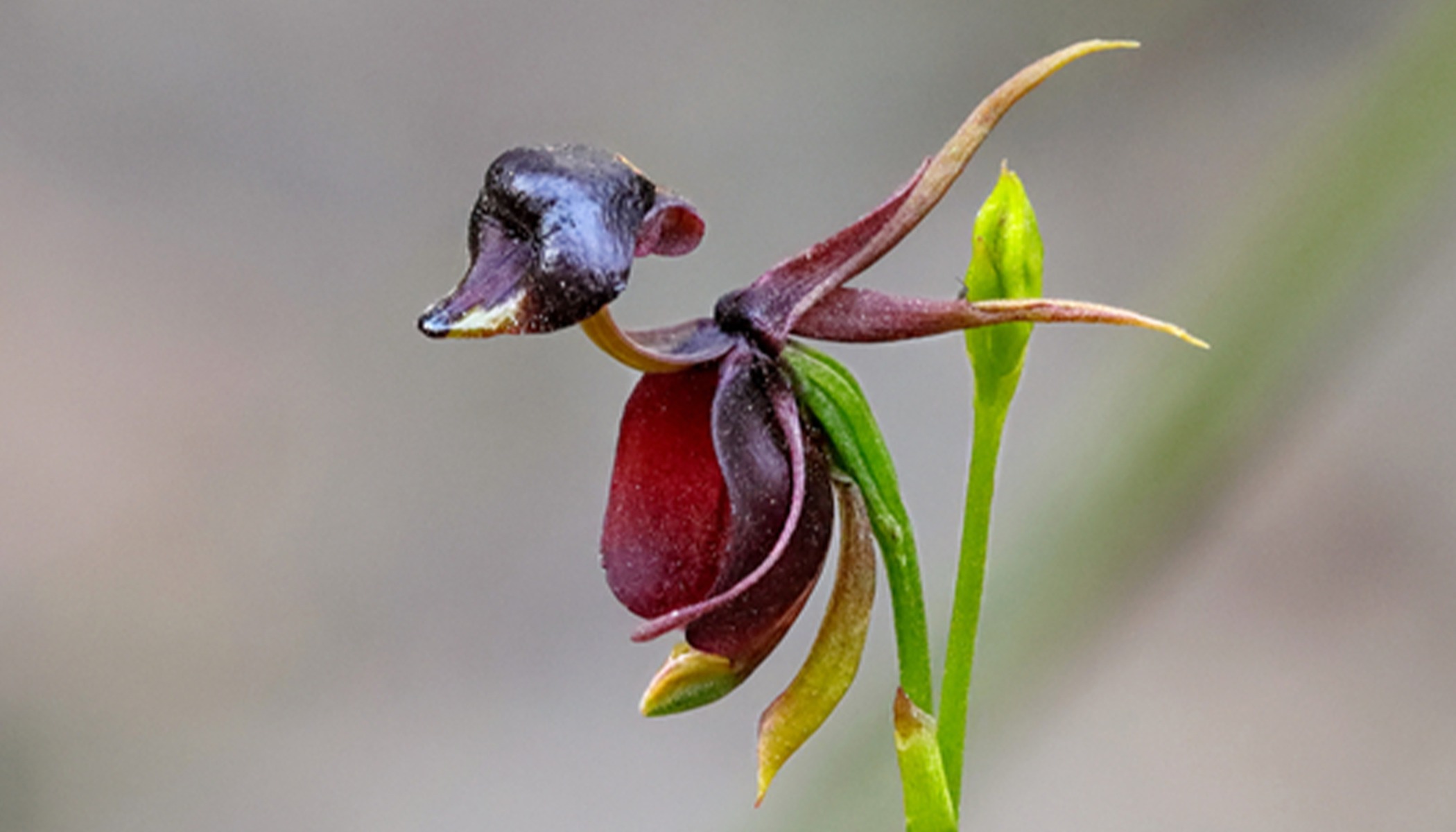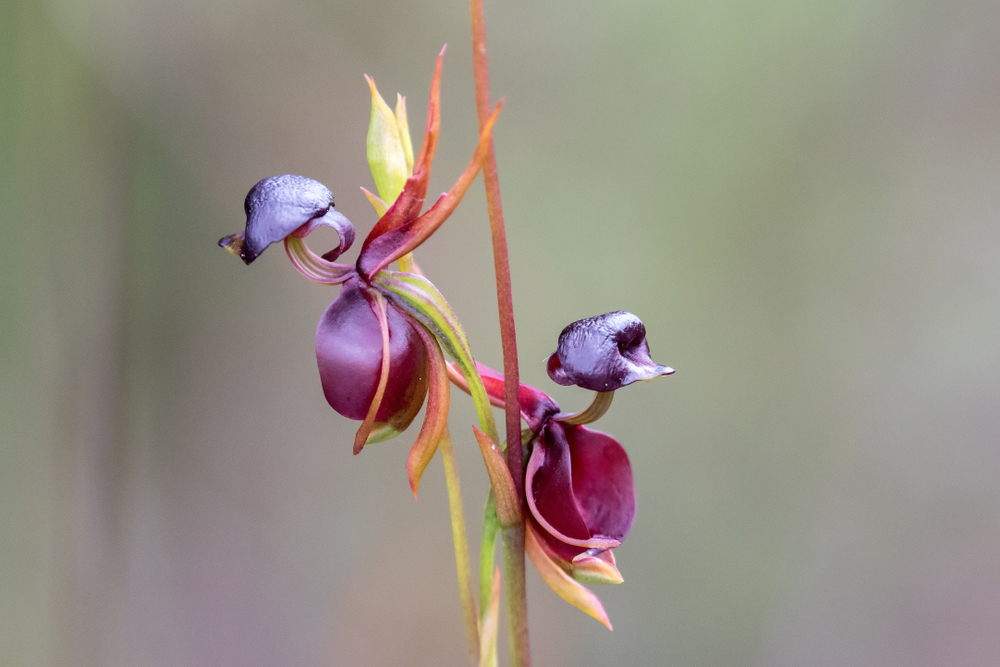Nestled within the diverse ecosystems of Australia, the Large Duck Orchid (Caleana major) stands out as one of the most intriguing and distinctive plant species. Known for its unique flower shape that resembles a duck in flight, this rare orchid has captivated botanists and nature enthusiasts alike. Its fascinating characteristics and peculiar adaptations make it a remarkable example of Australia’s rich floral biodiversity.
The Large Duck Orchid is easily recognizable by its striking flower, which typically blooms between late winter and early spring. The flower features a broad, duck-shaped labellum that dangles from a slender stem, giving the illusion of a duck hovering in mid-air. This unusual morphology is not just for aesthetic appeal; it plays a crucial role in the plant’s reproductive strategy.
The Large Duck Orchid is native to various regions across southeastern Australia, including Victoria, New South Wales, and Tasmania. It thrives in well-drained, sandy soils typically found in open woodlands, grasslands, and heathlands. Despite its adaptability to different habitats, the orchid is considered rare due to habitat loss and environmental changes.
Conservation efforts are essential to protect the Large Duck Orchid and its natural habitats. Land clearing, urban development, and climate change pose significant threats to the survival of this unique species. Initiatives aimed at habitat preservation and restoration are crucial for ensuring that future generations can appreciate this remarkable plant.
The Large Duck Orchid holds cultural significance for Indigenous Australians, who have long recognized the importance of native plants in their traditions and ecosystems. The orchid’s unique form and beauty symbolize the rich biodiversity of Australia and the intricate relationships between plants, animals, and people.
By fostering an appreciation for such unique species, efforts can be made to promote conservation and sustainable practices that benefit both the environment and local communities.